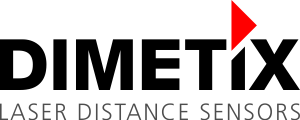Rain
The rain sensors They are essential devices in meteorology and climatology for measuring the amount and intensity of precipitation. Their operation varies depending on the type of sensor, but in general, they are based on physical principles such as accumulation, acoustic resonance, light refraction or water absorption.
Types of Rain Sensors:
- Accumulation Sensors: These sensors collect rainwater in a container and measure the accumulated volume. When the water level reaches a predefined threshold, a signal is triggered indicating the amount of precipitation.
- Acoustic Resonance Sensors: They emit sound waves that interact with raindrops. The variation in the frequency and amplitude of the reflected waves makes it possible to determine the intensity of the precipitation.
- Optical Sensors: They use light refraction to detect the presence of raindrops and calculate their falling speed. These sensors emit a beam of light that, when interrupted by water droplets, allows the intensity of the rain to be estimated.
- Absorption Sensors: They measure the water absorption in a material to estimate the amount of precipitation. These sensors detect changes in the physical properties of the absorbent material when it comes into contact with rainwater.
The choice of rain sensor type depends on factors such as the required accuracy, the installation environment and the specific purpose of the measurement. These sensors are essential for water resource management, weather forecasting and flood protection.
+ Read more
Products: 3






















